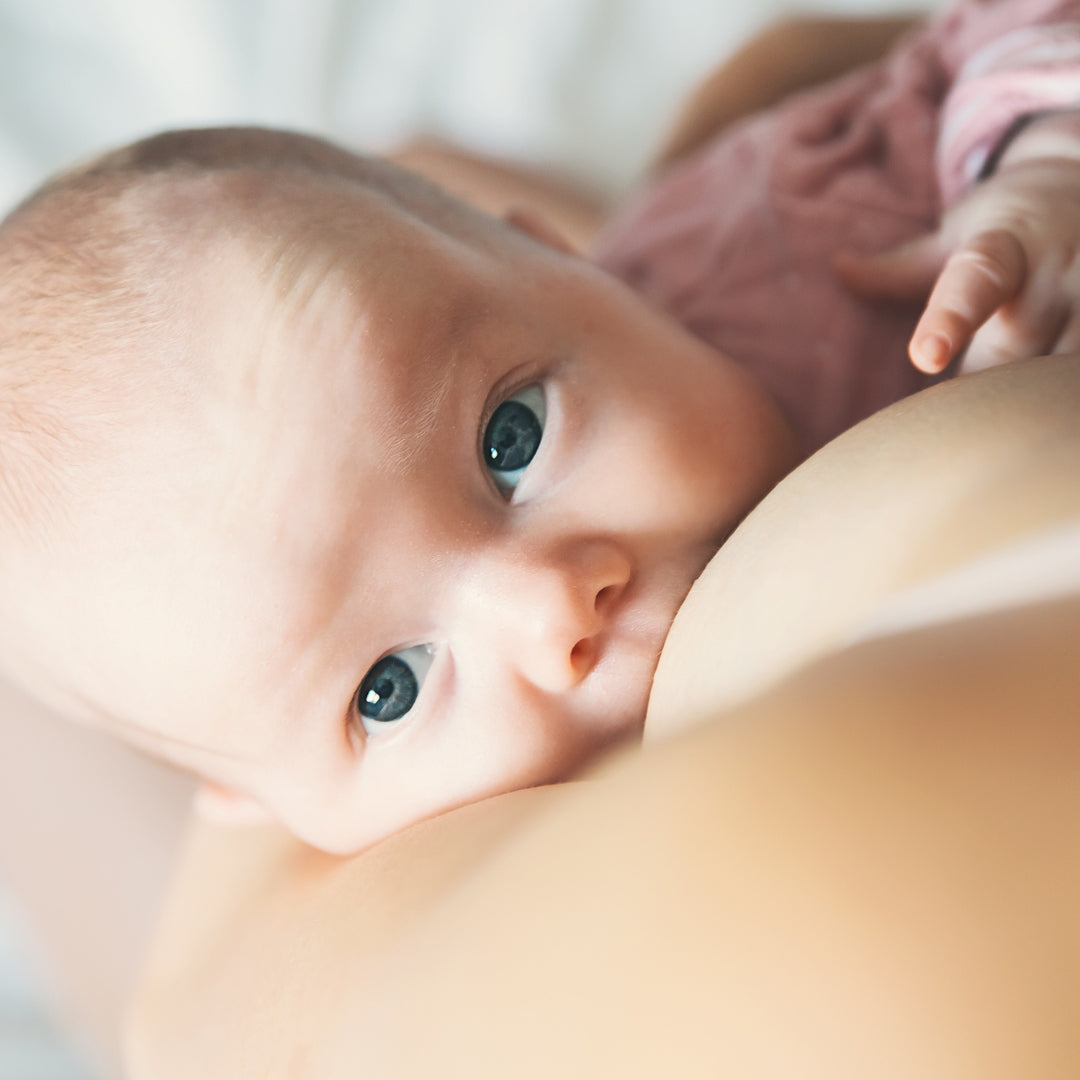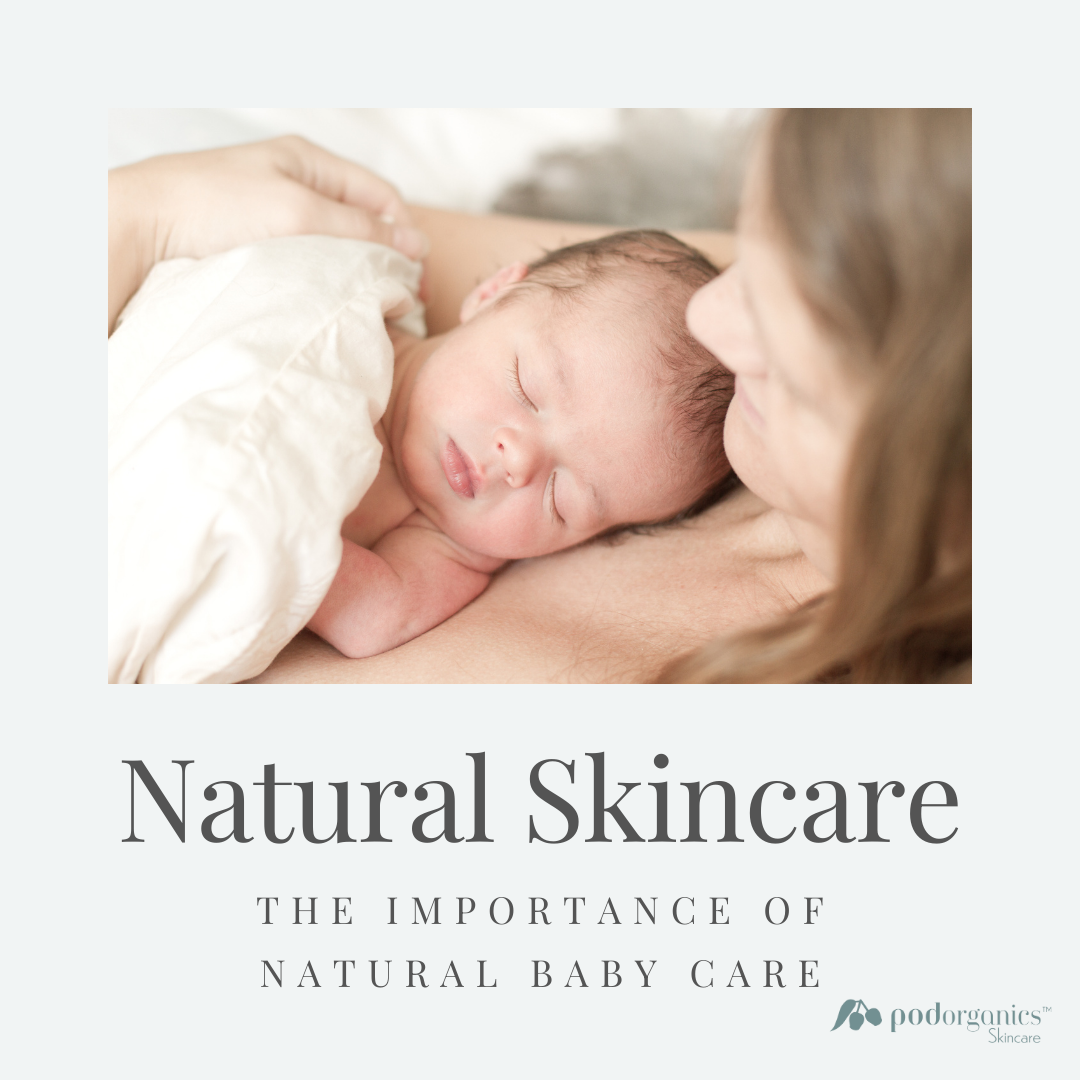Breastfeeding is a beautiful and natural way to nourish your baby, but it can also bring about its fair share of challenges and discomforts. Engorged breasts, blocked ducts, and sore nipples are common issues that breastfeeding mothers may face. While there are various methods to alleviate these discomforts, one lesser-known technique that can provide immense relief is using a Gua Sha tool for breastfeeding massage. In this blog, we will explore the art of Gua Sha and how it can be a valuable addition to your breastfeeding journey.
What are the Benefits of Gua Sha for Breastfeeding Mothers?
Pain Relief - Gua Sha can help alleviate the discomfort associated with engorged breasts, blocked ducts, and sore nipples by promoting blood circulation and reducing tension.
Improved Milk Flow - By gently massaging the breast tissue, Gua Sha can encourage better milk flow, making breastfeeding a smoother and more comfortable experience for both you and your baby.
Relaxation - Breastfeeding can be emotionally and physically taxing. Gua Sha provides a soothing and calming ritual that allows you to take a moment for self-care and relaxation.
Bonding - Incorporating Gua Sha into your breastfeeding routine can be a wonderful way to bond with your baby. The gentle massage can be a calming and enjoyable experience for both you and your little one.
What is Gua Sha?
Gua Sha, pronounced "gwa sha," is an ancient Chinese healing technique that involves scraping the skin with a smooth-edged tool to stimulate blood circulation and release tension. Traditionally used for various health concerns, Gua Sha has gained popularity in recent years as a self-care practice for promoting relaxation and pain relief.
Selecting the Right Tool
To use Gua Sha for breastfeeding massage, you'll need a suitable tool. We recommend our Luxe Gua Sha for Face, Body and Breastfeeding. Because it is stainless steel you can cool it or warm it and it is very easy to clean. The stainless steel will glide smoothly across the skin to ensure a comfortable massage.
Prepare Your Body
Before starting the massage, ensure you have clean hands, and your breast and nipple area are clean as well. It's essential to maintain proper hygiene to prevent any infection or irritation.
Apply an Oil or Balm
Gently apply our Blue Tansy & Rosehip Pregnancy Oil, Mama Balm or breastfeeding-safe oil of choice to your breast to create a smooth surface for the Gua Sha tool to glide across. This step also adds an extra layer of comfort during the massage.
Begin the Massage
Hold the Gua Sha tool at a comfortable angle and gently scrape the tool across your breast, starting from the outer edge and moving towards the nipple. Use gentle, slow strokes, and always move in the direction of your nipple to help encourage milk flow and prevent blockages.
Focus on Problem Areas
Pay close attention to any areas that feel particularly engorged, tender, or blocked. Apply slightly more pressure on these spots to help release tension and promote better milk flow.
Be Gentle
It's crucial to be gentle during the massage, as excessive pressure can cause discomfort or bruising. The goal is to promote relaxation and comfort, not to create additional pain.
Repeat as Needed
You can perform the Gua Sha breastfeeding massage as often as necessary to relieve discomfort and promote milk flow. Many mothers find it helpful to incorporate this technique into their daily self-care routine.
Breastfeeding is a beautiful journey, but it's not without its challenges. Gua Sha, with its ancient roots in traditional Chinese medicine, offers a gentle and effective way for breastfeeding mothers to alleviate discomfort and promote a more relaxed breastfeeding experience. By incorporating Gua Sha massage into your breastfeeding routine, you can enhance your overall well-being and create a deeper connection with your baby during this special time in your life.
Written by Lauren Harrison, Managing Director Pod Organics
Copyright Pod Organics Skincare 2023



